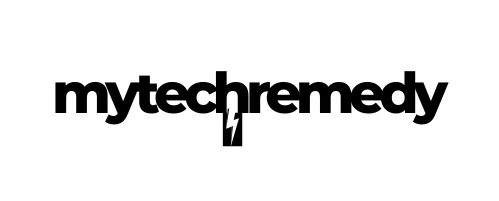Cracking the Code: AI Upscaling in a Nutshell
Remember when we all got jazzed about pixelated graphics? Ah, the good old days of 8-bit gaming. But let’s be real—nobody wants blurry cat videos or grainy webinars anymore. Enter what is AI upscaling. This tech buzzword is the latest hero in our quest for clarity, literally. But what does it actually mean? And how does it transform the way we experience digital content?
The Basics of AI Upscaling: Pixels with a Brain
Imagine you’re Michelangelo, but instead of chiseling marble, you’re working with pixels. AI upscaling is like having an apprentice who fills in the blurry gaps in your digital masterpiece. At its core, it uses algorithms to enhance low-resolution images or videos, making them appear as though they were captured with a much higher resolution camera. This is not magic—it’s machine learning.
AI upscaling relies on neural networks trained on tons of data to predict and generate missing pixels. It’s as if the AI has a mental library of textures and patterns it can pull from to sharpen an image. The more data you feed it, the smarter it becomes. Pretty neat, huh?
Why it Matters: From Blurry to Brilliant
So why should we care about this pixel wizardry? For starters, it transforms our visual experiences. Whether you’re a gamer or a movie buff, AI upscaling can elevate your viewing to near-cinematic quality. That old home video from 1995? It won’t just be a memory; it’ll be a high-definition experience.
Beyond entertainment, AI upscaling has the potential to impact fields like medical imaging and remote sensing. In these realms, clarity isn’t just about aesthetics—it’s about accuracy and insight. Think of it as the difference between seeing a smudge and spotting a critical anomaly.
Getting Technical: The Nuts and Bolts
For those who love getting into the weeds, AI upscaling involves convolutional neural networks (CNNs). These are specialized types of neural networks designed for processing data with a grid-like topology—like images. CNNs excel at recognizing patterns, which makes them perfect for tasks that require image enhancement.
The AI first analyzes the low-resolution image, learning its structure and features. Then, it predicts what a high-resolution version should look like, filling in the gaps with new pixel data. It’s a bit like having a conversation with the image: “Hey, what did you mean to say here?”
Actionable Steps: Embracing the Future of Visual Content
Alright, so you’re sold on AI upscaling. Now what? First, assess your needs. Are you looking to enhance old media? Or maybe you’re in an industry that requires precision imaging. Identify the areas where AI upscaling can make a tangible difference.
Next, choose the right tool. There are numerous AI upscaling software options out there, each with its strengths. Do your homework and pick one that aligns with your specific requirements.
Finally, stay informed. AI technologies evolve rapidly, and keeping up-to-date can help you leverage these tools effectively. Engage with online communities or industry publications to keep your finger on the pulse.
In a world that’s growing more visual by the second, AI upscaling is like giving your digital content a pair of glasses. And who knows? With AI’s help, the future might just look a little sharper.
Checkout ProductScope AI’s Studio (and get 200 free studio credits)
